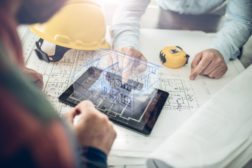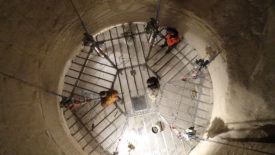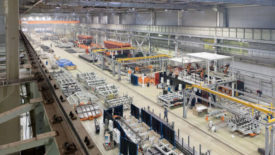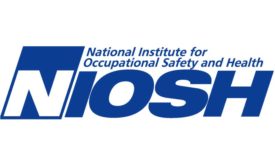Home » Keywords: » productivity
Items Tagged with 'productivity'
ARTICLES
Boost your bottom line with proper fall protection systems
The cost-benefit offers more than just compliance
November 7, 2023
Never miss the latest news and trends driving the safety industry
eNewsletter | Website | eMagazine
JOIN TODAYCopyright ©2024. All Rights Reserved BNP Media.
Design, CMS, Hosting & Web Development :: ePublishing











